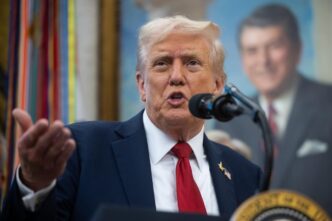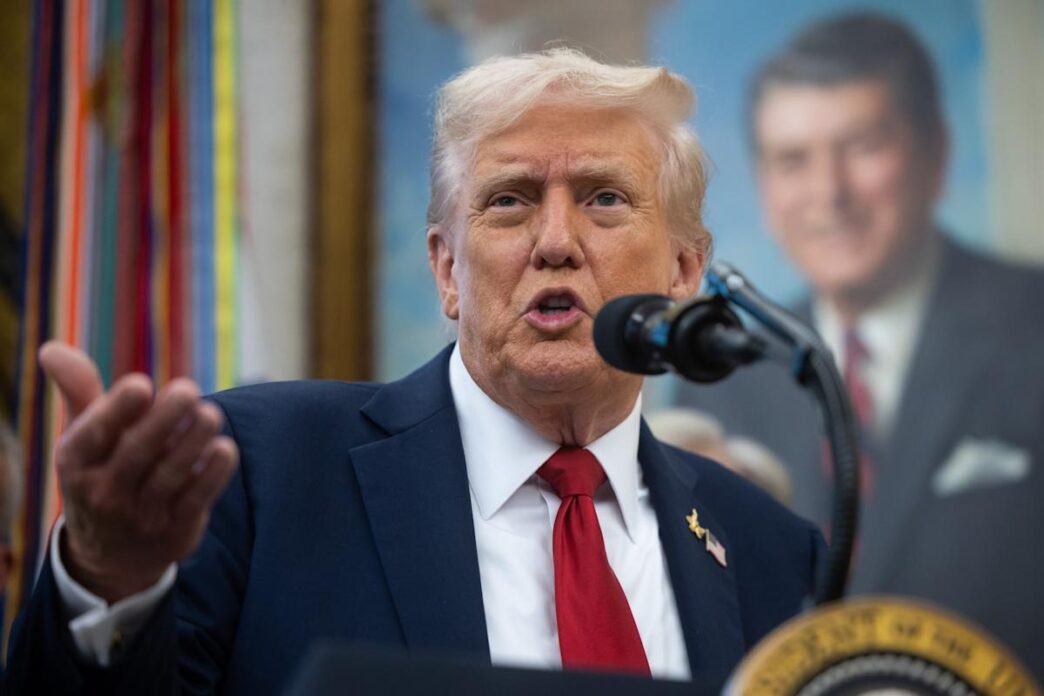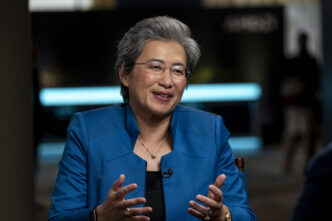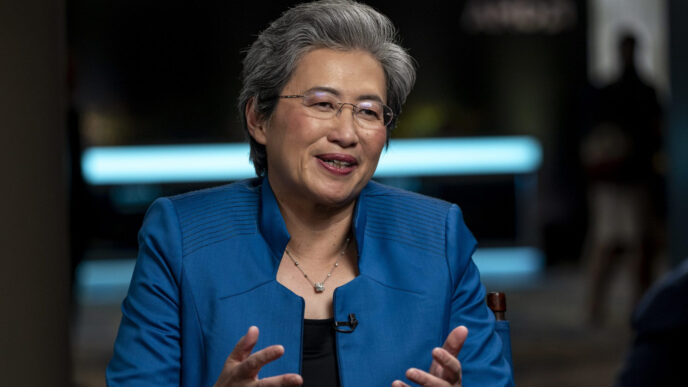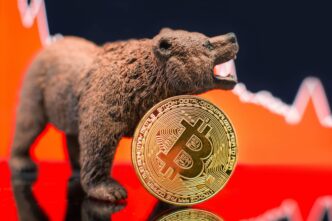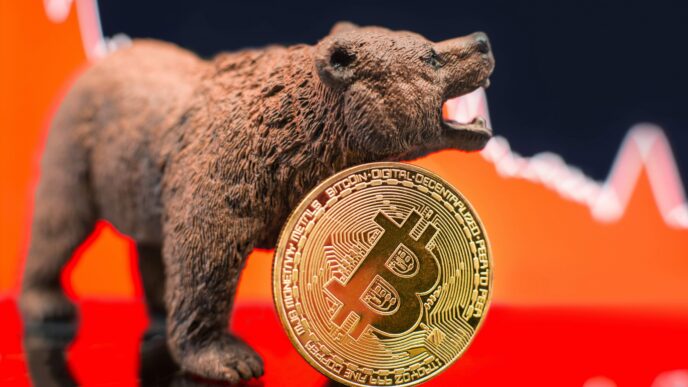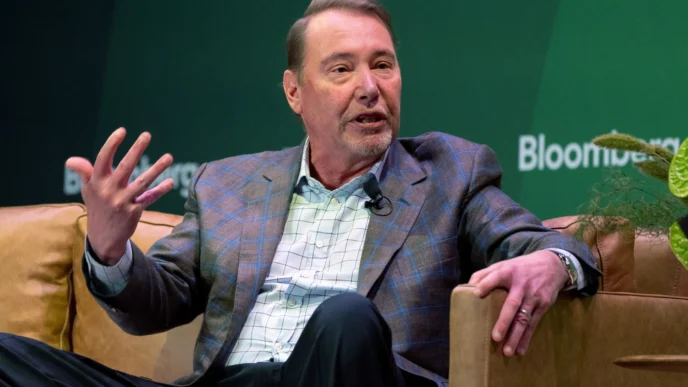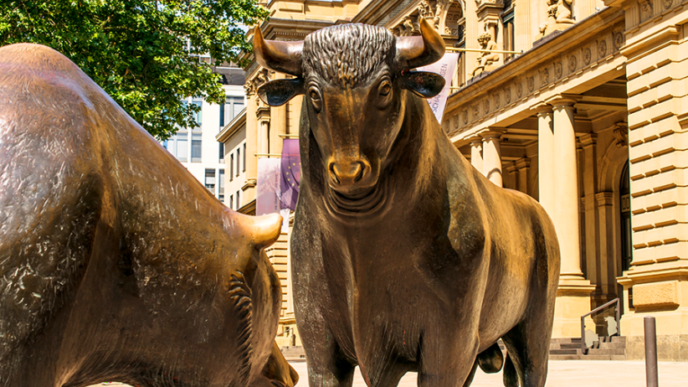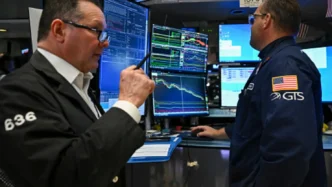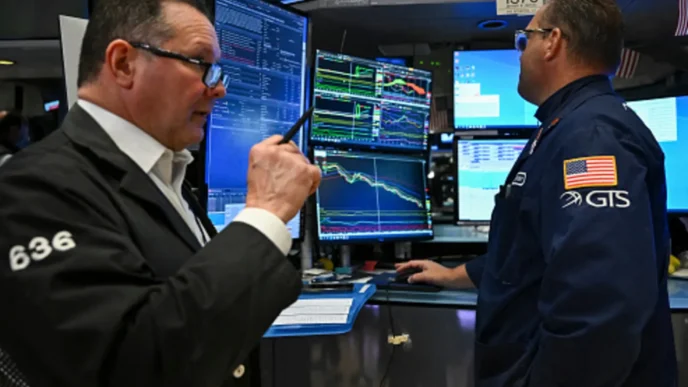Despite an upbeat narrative on Wall Street—where recession fears are easing, corporate earnings remain resilient, and the Federal Reserve is widely expected to cut rates in the coming months—gold prices are rallying to fresh highs. The yellow metal has edged closer to $3,870 per ounce, underscoring how investors are hedging against political and fiscal uncertainty, particularly the looming threat of a U.S. government shutdown.
Wall Street Optimism vs. Investor Anxiety
Equity markets have shown surprising resilience in recent weeks. Major indices are trading near record highs, buoyed by strong corporate performance, steady consumer demand, and fading concerns about a hard economic landing. Optimism is also supported by expectations that the Fed could pivot toward interest rate cuts in the near future, easing pressure on both consumers and businesses.
Yet, behind the surface of confidence, investors are not letting their guard down. The parallel rally in gold—a classic safe-haven asset—reveals a different side of market sentiment: lingering distrust in political stability and fiscal management in Washington.
The Government Shutdown Factor
With the U.S. Congress embroiled in partisan battles over spending bills, the risk of a government shutdown looms large. Even temporary shutdowns can disrupt federal services, delay paychecks for government workers, and rattle investor confidence. A prolonged shutdown could have wider implications, including reduced GDP growth and heightened volatility across financial markets.
Against this backdrop, many institutional and retail investors are increasing their exposure to gold, seeing it as a hedge not just against political dysfunction but also against broader systemic risks.
Why Gold is Rallying Now
Several key factors are converging to support the gold rally:
- Safe-Haven Demand – The government shutdown threat is prompting investors to seek protection from potential market turbulence.
- Fed Rate Cut Bets – Lower interest rates reduce the opportunity cost of holding non-yielding assets like gold, making it more attractive.
- Global Uncertainty – Geopolitical tensions, including conflicts in Eastern Europe and the Middle East, are driving demand for assets perceived as stable in times of crisis.
- Weakening Dollar – A modest softening in the U.S. dollar is further boosting gold’s appeal, particularly for overseas investors.
Contradictions in Market Sentiment
The simultaneous rise of equities and gold reflects a split in investor psychology. On the one hand, there is faith in corporate earnings and a soft economic landing; on the other, there is deep concern about fiscal policy, Washington gridlock, and global instability.
Analysts point out that while stocks often benefit from optimism about economic growth, gold’s rally suggests that a sizable share of investors remain unconvinced that the road ahead is free of shocks.
Historical Context
Historically, U.S. government shutdowns have had mixed effects on markets. While equity markets sometimes shrug off short-lived shutdowns, prolonged ones have led to volatility spikes and a flight to safety. Gold has often served as the go-to hedge in these periods, rising as much as 5–10% during extended political standoffs.
If the current standoff in Washington drags on, some analysts believe gold could easily breach the $3,900 mark and potentially test $4,000—a level that would set a new psychological benchmark.
Outlook
For now, Wall Street continues to trade on optimism, but gold’s climb toward $3,870 per ounce sends a cautionary signal. Investors may be embracing the bullish equity narrative, but they are also preparing for the possibility that U.S. political dysfunction could undermine the economic stability that markets are currently pricing in.
As one strategist put it, “Markets are partying, but gold is quietly telling us not to trust the music too much.”

